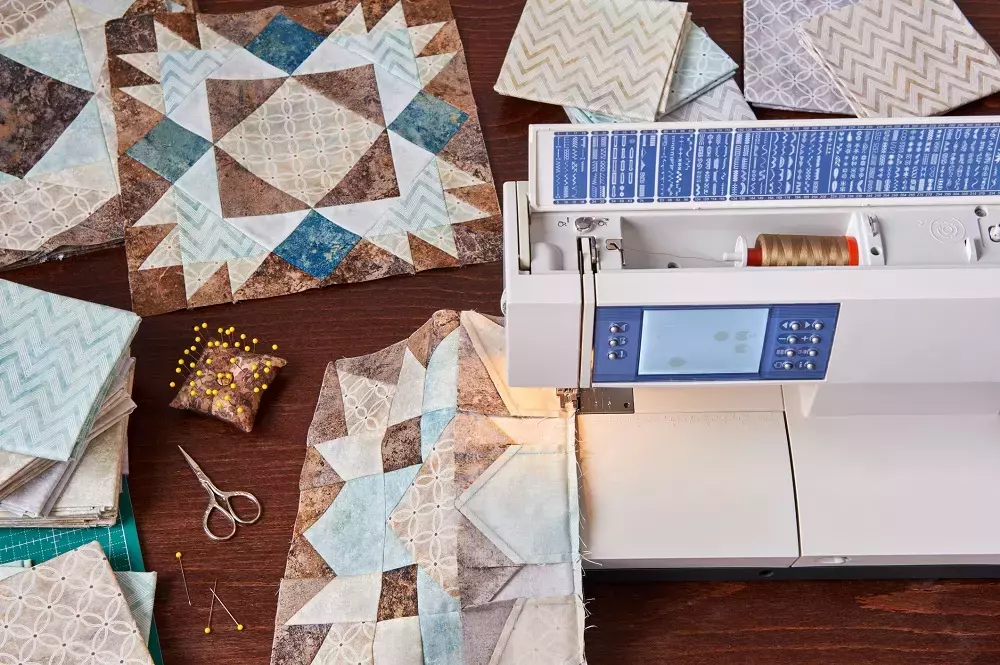Tips for Making Better Quilt Blocks
2019-02-18
Sure, there’s no such thing as perfect, but there’s nothing worse than looking at your beautiful quilt and picking out mistakes. These tips for making near perfect quilt blocks can take your quilting to the next level.
1. Starch and Iron
So, tons of people iron, and that's the first step toward more polished looking quilt blocks. But starching your fabric before you cut can help create matching pieces with a more accurate seam allowance.
To try this tip, press your fabric and use starch to give it crispness and stability. Then, cut your fabric with a rotary cutter.
2. Do Use Pins
The only way to get the proper seam allowance is to use pins. Many old hands at quilting forego pins and end up with very high-quality quilts. For other quilters, pins can make all the difference.
Now, you don't have to go pin crazy. There are a few ways to use pins that will deliver an accurate seam allowance, smooth transitions and remove gaps in seams.
Use these tips for pinning on quilting blocks:
- Pin at a 90-degree angle to the seam
- Pin at intersections by making an “H” shape. Use two pins running down the fabric and one pin running across.
- Don't over-pin, give one pin for every three inches of fabric. For most people that will mean one pin on the end of each strip.
3. Use a Seam Ripper
Some people are too lazy and stitch over bad seams or pull the seams apart, wreaking havoc on the fabric. Others are too afraid. Seam rippers are valuable tools, use them!
If you see your seam allowance doesn’t match up, frog that seam out and redo it. A good seam ripper should leave your fabric nearly untouched.
To properly use your seam ripper, pull out about five stitches with the sharp end and then flip the seam ripper over. The red ball should fit into the more significant and more open part of the seam, while the pointed end should next into the thread. In one smooth motion, slide, and watch it only pull out the thread.
4. Trim After Sewing
Beginners to quilting often enjoy focusing on small projects rather than working on doing a giant project. When you're working with sub-units in your quilt block, you want to make certain that whatever you're working on is the exact size you were hoping for, and if not, trim away!
5. Use Strip Techniques
Strip piecing can not only help you save time, but it can make your pieces more consistent as well. Whenever possible, avoid cutting individual squares and opt for sewing longer strips instead.
After you sew your strips of two fabrics together, you can cut them to size and sew in smaller portions to make your blocks perfect. You can use strip piecing techniques for most projects, but it might take some time to analyze your patterns and plan out your strips. A good sewing machine is a must for strip techniques as anything holding you or varying your speed can now affect large portions of your quilt.
Making Perfect Quilt Blocks
Hopefully, you can put these tips to work and end up with perfect (or near perfect) quilt blocks. As you plan out your next quilt and get your Pfaff sewing machine ready for a new project, be sure to make time for ironing, searching and careful cutting.





